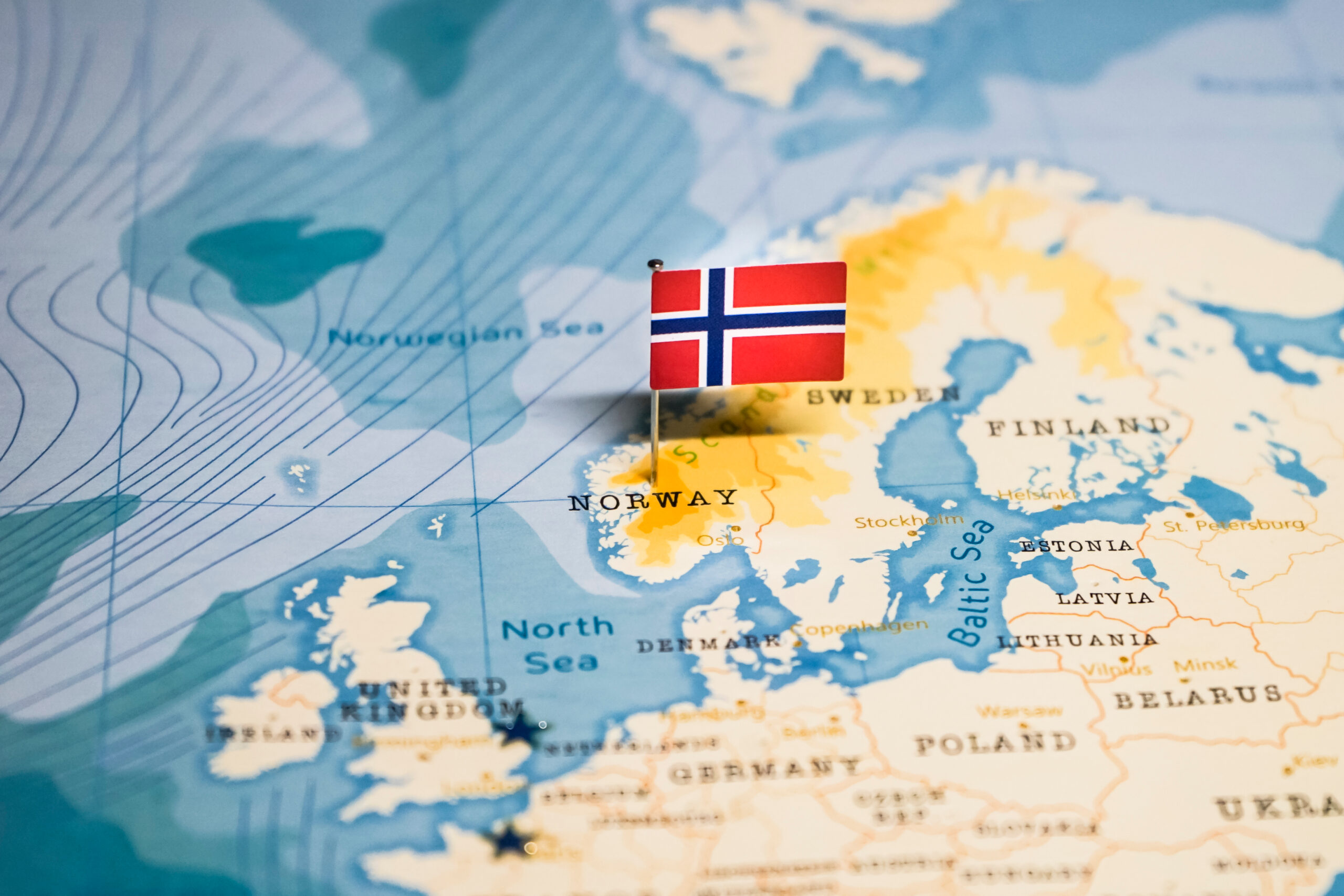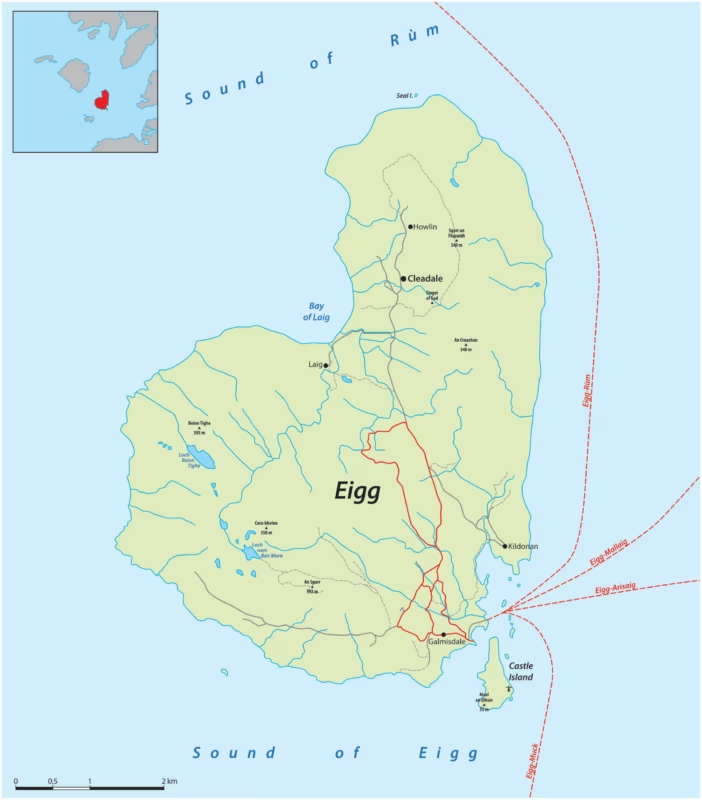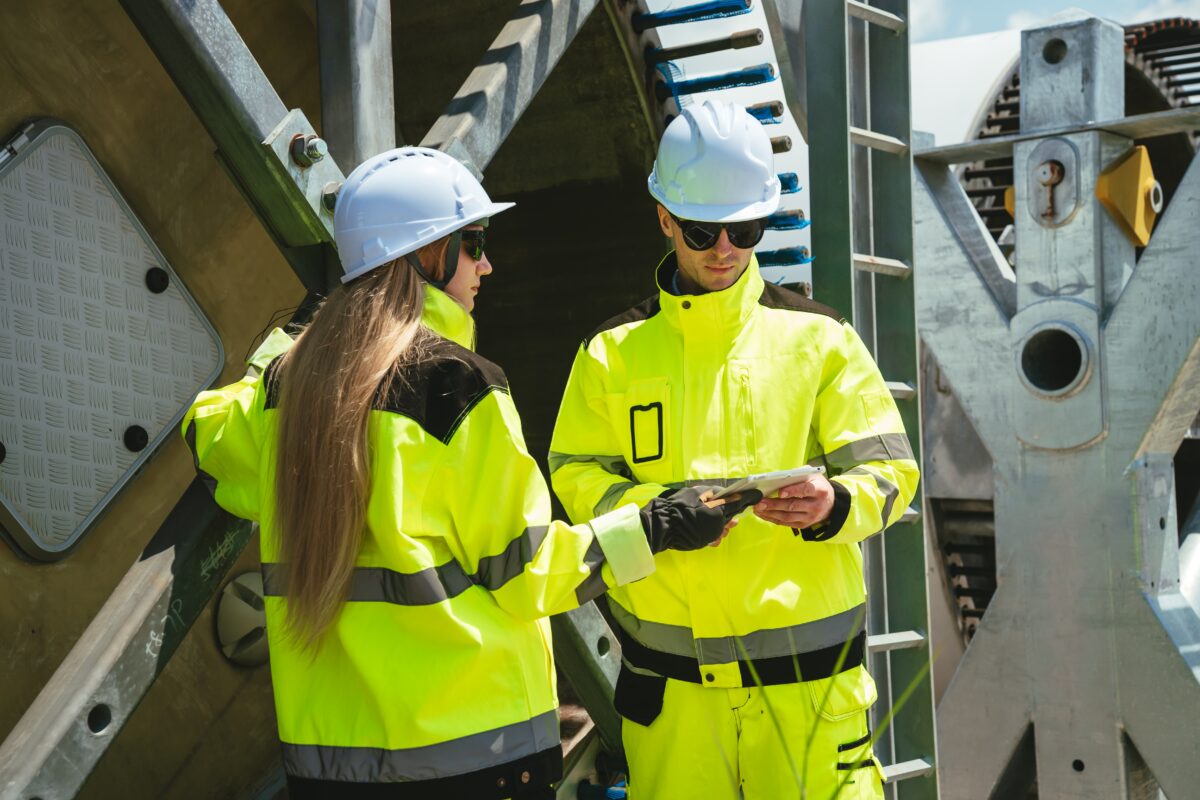In just 2022, Norway’s 65 wind farms, including one offshore, generated 14.8 TWh of electricity. This growth has been fueled by the lowering costs of wind power projects, favorable tax rules, and the final years of the electricity certificate scheme. However, with the end of support schemes in 2021, the introduction of new tax rules, and growing public opposition, enthusiasm for further onshore wind investment has slowed down in Norway. Despite the recent wind energy trends, these challenges are now making it harder for new wind projects in Norway, both big, as well as smaller wind energy investments.
Currently, Norway doesn’t have any specific energy targets or dedicated support systems and subsidies for wind electricity. However, the government aims to allocate offshore areas to generate an additional 30 GW of wind power by 2040. Norway previously had a successful joint support scheme with Sweden, which helped fund 28.4 TWh of new renewable energy production, but that ended in 2021. What is the current situation when it comes to wind turbine grants and loans in Norway, especially for small wind turbines?
Wind Energy in Norway
Norway, already a leader in sustainable energy with 98% of its electricity generated from renewable energy sources—primarily hydro at 92%—is now focusing on expanding its offshore wind power capacity. Wind power has grown significantly over the past decade, now accounting for 6.5% of Norway’s electricity generation. While onshore wind development faced challenges, including local opposition due to concerns about environmental impact, the government has resumed issuing licenses for new projects, provided they have local support.
Norway’s offshore wind farm ambitions are more promising. The government aims to allocate areas for the development of 30 GW of offshore wind by 2040. This phased approach begins with the world’s largest floating offshore wind farm, Hywind Tampen, which is currently under construction. Future offshore wind projects will be a mix of floating and bottom-fixed technologies, but the full potential won’t be realized until after 2030, as the government is still working on an efficient licensing framework.

Financially, Norway is well-positioned for this energy transition, being a net exporter of electricity and heavily integrated into Nordic and European energy markets. With further expansion of its grid and utilization of its hydro storage capacity, Norway is set to lead Europe not only in renewable generation but also in balancing and distributing green energy across the continent. Offshore wind will be crucial to this next phase, as the country seeks to meet its climate targets while continuing to export electricity to neighboring regions.
Public Opposition to Wind Power in Norway
Public acceptance of onshore wind power in Norway has been a challenge for years, and the resistance shows no signs of easing, even during the European energy crisis. One key example is the Fosen case, where the Norwegian Supreme Court ruled that two wind power licenses were invalid because the construction infringed on the Sami reindeer herders’ right to maintain their cultural practices.
This pushback from the public has effectively slowed down the rapid growth of onshore wind projects seen in the past five years. As a result, there’s little expectation for significant new development in onshore wind before 2030. In response to this resistance, Norway is revising its licensing process, making it more complex and time-consuming by adding new layers of bureaucracy, including the planning and building act.
In the past, the government supported wind power with incentives like favorable depreciation rules, but there’s been a noticeable shift in policy. In 2022, new tax proposals were introduced that specifically make it harder to move forward with onshore wind projects. This policy change reflects the increasing challenges around gaining public support for wind energy in Norway.
If you want to know more about wind electricity, but are unsure how to get about it, we can help you with our free site feasibility survey to analyze your potential and help you with the process. Reach out to us for more details.
Benefits of Residential Wind Turbines
While Norway’s public has a lot of concerns when it comes to wind turbine energy, both big projects, as well as solutions like residential wind turbines, have a lot of benefits that we can’t forget.
Environmentally Friendly
Wind turbines in Norway offer a clean and sustainable way to produce energy, without emitting harmful chemicals into the atmosphere. With Norway already committed to renewable energy, using small wind turbines at home can further reduce dependence on oil and gas, contributing to the country’s ongoing efforts to lower carbon emissions and fight climate change. In a country known for its pristine natural landscapes, wind energy helps preserve Norway’s environment for future generations.
Endless Renewable Resource
Norway’s windy coastal areas and open landscapes make it an ideal location for wind energy. Wind is a renewable resource that will never run out, as long as there’s sun and changing atmospheric pressure systems. Even in places where the wind isn’t constant, small turbines can be fitted with energy storage systems, allowing homeowners to store power and ensure a reliable supply even during calm weather. This makes wind turbine installation particularly viable in many parts of Norway.
Cost-Effective in the Long Run
While the initial installation of a home wind turbine in Norway can be expensive, as well as wind turbine maintenance, the wind itself is free, unlike the volatile prices of oil and gas. Wind turbines typically pay for themselves over time through significant savings on electricity bills. Most households and businesses notice the first savings in the first year after the installation.
The Future of Financial Support for Wind Energy in Norway
In 2023, the Norwegian government made a significant move by launching the first-ever offshore wind tender competitions. These tenders aim to award four major project areas for offshore wind development. One of the key locations, known as ‘Sørlige Nordsjø II’, is situated in shallow waters off Norway’s southern coast and will be given a capacity of around 1,400-1,500 MW. The other three projects, located in deeper waters near Rogaland County in the ‘Utsira Nord’ area, will each have a capacity of 460-500 MW, with the possibility of expanding to 750 MW. The power generated from these areas will primarily be supplied to the Norwegian mainland, though future projects may consider hybrid cables that could also export power to Europe—a topic that’s still being debated. Another licensing round for new projects is expected in 2025.
Developing these commercial offshore wind farms requires significant state financing. For Sørlige Nordsjø II, the project will be awarded through a monetary auction, valued at up to 23 billion NOK. In contrast, the Utsira Nord project areas will be allocated based on qualitative criteria, with state aid competitions taking place after a two-year project maturation period.
If you want to know more about wind ENERGY, but are unsure how to get started? Benefit from free site feasibility survey to analyze your potential and help you with the process.
In addition to these large-scale projects, Norway is also focusing on encouraging innovation in offshore wind technology. In August 2023, ENOVA, a state enterprise, introduced an investment aid program specifically for floating offshore wind projects. With a budget of 4 billion NOK, this scheme is designed to support smaller commercial floating wind initiatives and speed up the rollout of this emerging technology. Grants will be awarded through competitive rounds, with the first round that took place in 2023 and the next planned for 2024/2025. This scheme is part of Norway’s broader strategy to boost the offshore wind industry. So far offshore wind farms are the ones that Norway is focusing on. With the opposition from the citizens, onshore wind turbines, as well as residential wind turbines still have a long way to go in Norway. While the wind potential in this country is very promising, we will have to wait for this Scandinavian nation to join other European countries in the onshore wind turbines department.






